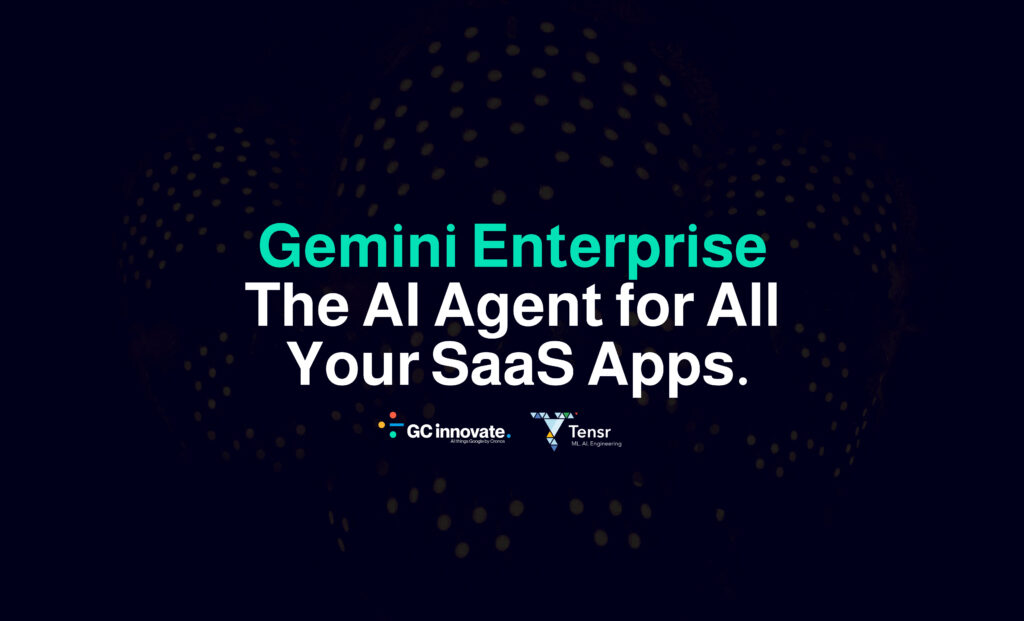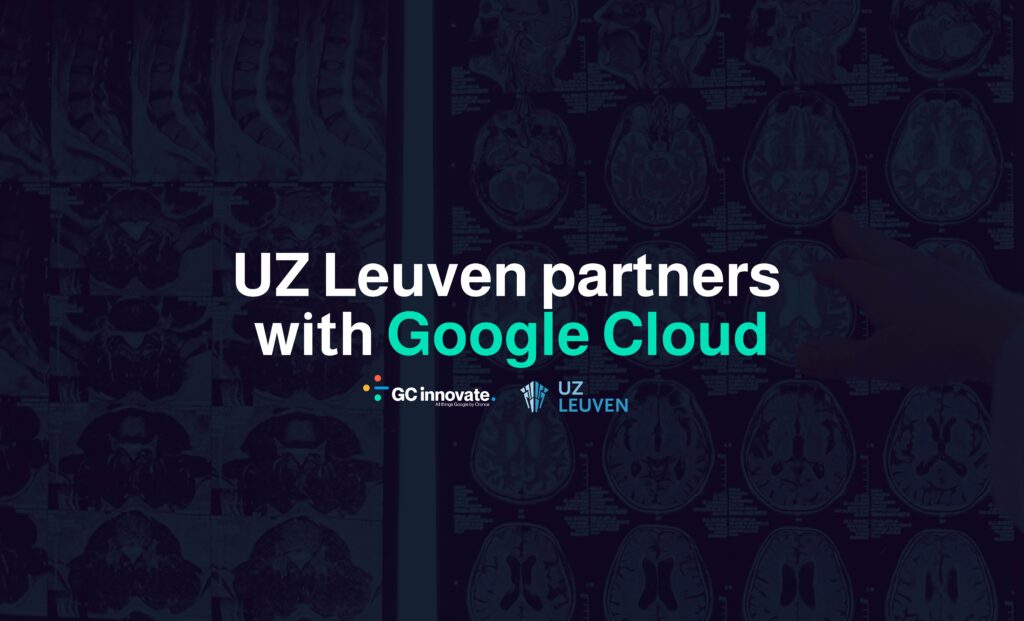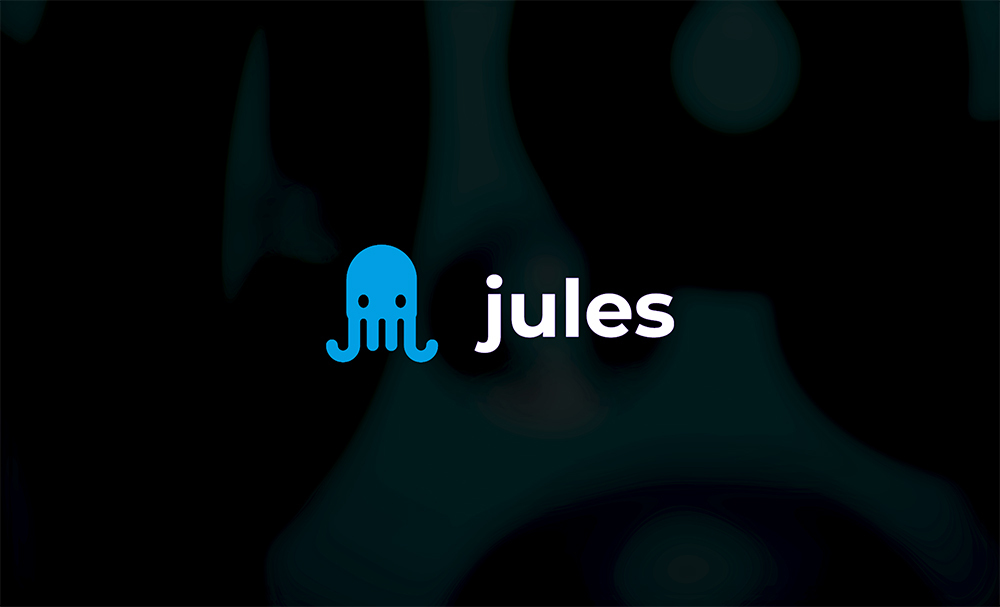With Generative AI stepping into the spotlight, the way we interact with information is undergoing a significant transformation. Recently, Google announced Gen AI integrations for its BigQuery data platform and the Looker BI platform. For users of Looker and BigQuery it’s a shift towards a more intuitive, powerful, and integrated data experience.
To get a clearer picture of what this means, we sat down with Steve and Jordy from our partners at Agiliz, who have been working closely with these evolving Google Cloud technologies.
Beyond dashboards
For years, business intelligence often meant predefined dashboards – pie charts and bar charts giving a snapshot of what happened. But as Steve from Agiliz puts it, the landscape is changing. “Several years ago, we talked about data analytics. With the arrival of Gen AI, many more interfaces have emerged to consume your data. That’s why we now talk about data activation.”
This isn’t to say traditional analytics are disappearing. Looker, a “tried and true” tool, remains vital. However, the first major step with Gen AI has been conversational analytics. “Instead of a predefined dashboard, you can simply ask your questions in natural language and create insights from there,” Steve explains.
This is particularly powerful for ad-hoc queries, though he rightly points out, “I can’t imagine someone asking the same sequence of questions every day, which is why structured dashboards are still relevant.”
Looker & Looker Studio
The integration between Looker and Looker Studio (formerly Data Studio) has also been positive for users. “The self-service aspect has been simplified, making drag-and-drop analytics and combining sources much easier,” notes Steve. It’s all about empowering the end-user to get to their insights more readily.
Now, conversational analytics takes this further. “It’s an agent that knows the metadata of your data,” Jordy says. “You can just ask, ‘Hey, conversational analytics agent, make me a bar chart with the figures for the last twelve months.’ It will do that for you.” You can even give feedback or use the result to build new dashboards. What’s more, you can prompt engineer these agents, tailoring responses for either technical or business audiences.
And if you’re wondering about the underlying technology, Jordy adds an important point: “Looker translates everything to SQL. So, whether it’s BigQuery, Snowflake, or SQL Server, it doesn’t really matter. Looker is technology-agnostic in that regard. The ideal marriage is with the GCP stack, of course, but it’s not a necessity.”
BigQuery Studio
While Looker excels in user-facing analytics, BigQuery Studio caters more to data-savvy citizen data scientists, those who are comfortable working directly with data using query tools or Python. “With BigQuery Studio, you get a visual interface on top of your data landscape. It makes it easier to generate your SQL statement or Python code based on a natural language question, or to combine data from different sources for your insights.”
This means that data preparation and insight generation for those who prefer direct data interaction are significantly streamlined. Google is rolling out a family of data agents to support these processes:
- Data Engineering Agent: Helps accelerate data cleaning, finds data errors, and suggests conversions (e.g., kilometres to miles, different currencies). It can even assist with complex data transformations, visually guiding users and generating the underlying code.
- Data Governance Agent: This agent automatically scans tables and suggests descriptions. “It ensures that LLM and AI models can access your data better and faster because they have context,” Steve explains. This significantly reduces manual effort in documenting data assets.
- Data Science Agent: This agent aims to combine code-based and natural language approaches for data exploration and tasks like AI forecasting.
- Conversational Analytics Agent: As discussed, this capability is also becoming more integrated within the BigQuery environment.
The overarching goal, Steve highlights, is that “within one window, one interface, you essentially have all these different agents and interfaces at your disposal.” The lines between tools are blurring, creating a more cohesive experience.
What this means for you and your teams
These advancements represent a shift in how data work gets done.
For business users, it means more intuitive access to information, a reduced learning curve for certain tasks, and greater power for self-service BI. Even building visualizations is becoming easier, as Jordy demonstrated with Looker’s visualization assistant: “You can just say, ‘change the font color to pink,’ and it does it, without you needing to search through menus.”
For data teams, the impact is profound. “The classic analytical engineer, the one building dashboards, is going to handle data totally differently,” Steve predicts. So much is being automated. Jordy concurs: “If you’re active in this world, you’ll just have to change your skillset. IT is constant upskilling.”
The focus shifts towards more polyvalent profiles. While specialist knowledge will always be needed for complex anomalies and architecture, the day-to-day tasks are evolving. Steve notes, “You can build these flows, save them, schedule them, and they run every day. Theoretically, you don’t need a heavy IT person for that anymore.”
Agiliz: Navigating the new data landscape with you
With 17 years of experience, Agiliz has seen many technological waves. These latest Gen AI integrations are prompting a significant evolution in how they support clients. “Where we used to provide consultants on site for extended periods, our role is increasingly becoming that of an advisor,” Steve shares. “How do you manage your data? How do you handle this multidisciplinary team? It’s more about training and expert services than traditional resource placement. That’s a big shift.”
This change reflects the power and accessibility of the new tools. “The technology makes things so much easier that it accelerates everything,” he adds. Jordy sums up the developer experience: “Before, everyone had two screens: one for working, one for Googling. That Googling screen is gone; it’s now ChatGPT, or Gemini. AI is here, it’s powerful, and it’s taking the industry by storm. You can’t fight it; you have to go with it.”
The future is conversational and connected
The integration of Generative AI into BigQuery and Looker is a clear move towards a future where interacting with data is more natural, where insights are more accessible, and where data teams can focus on higher-value strategic work.
If you’re looking to understand how these powerful new tools can be best applied within your organization, and how to navigate the evolving roles and skillsets, we at GC innovate, along with our expert partners like Agiliz, are here to help.
Ready to activate your data’s full potential? Contact us today.





